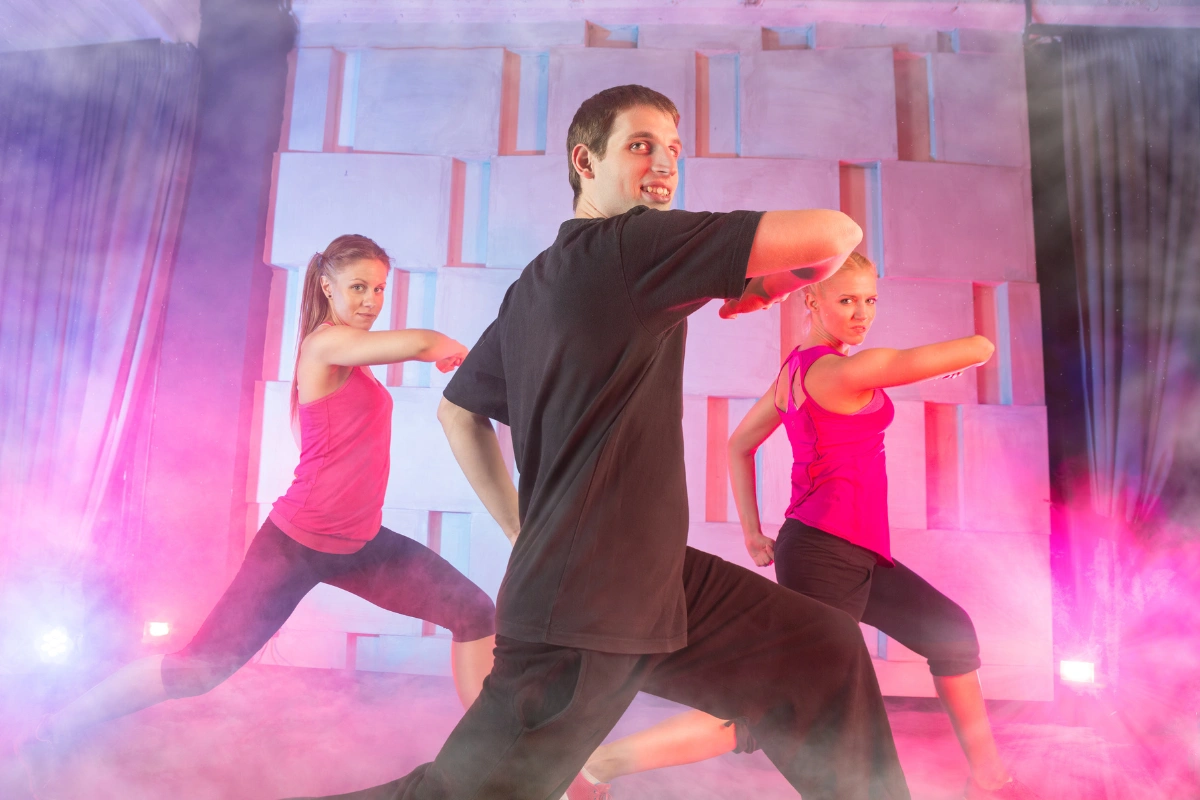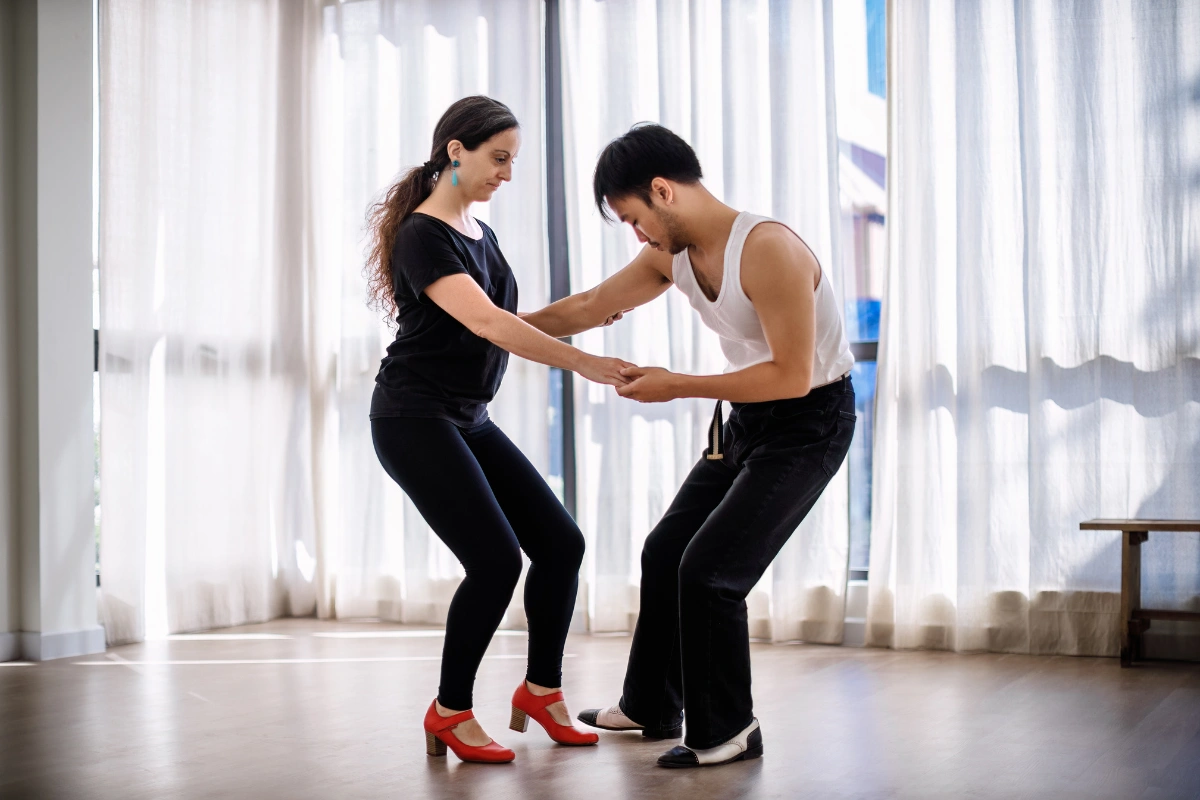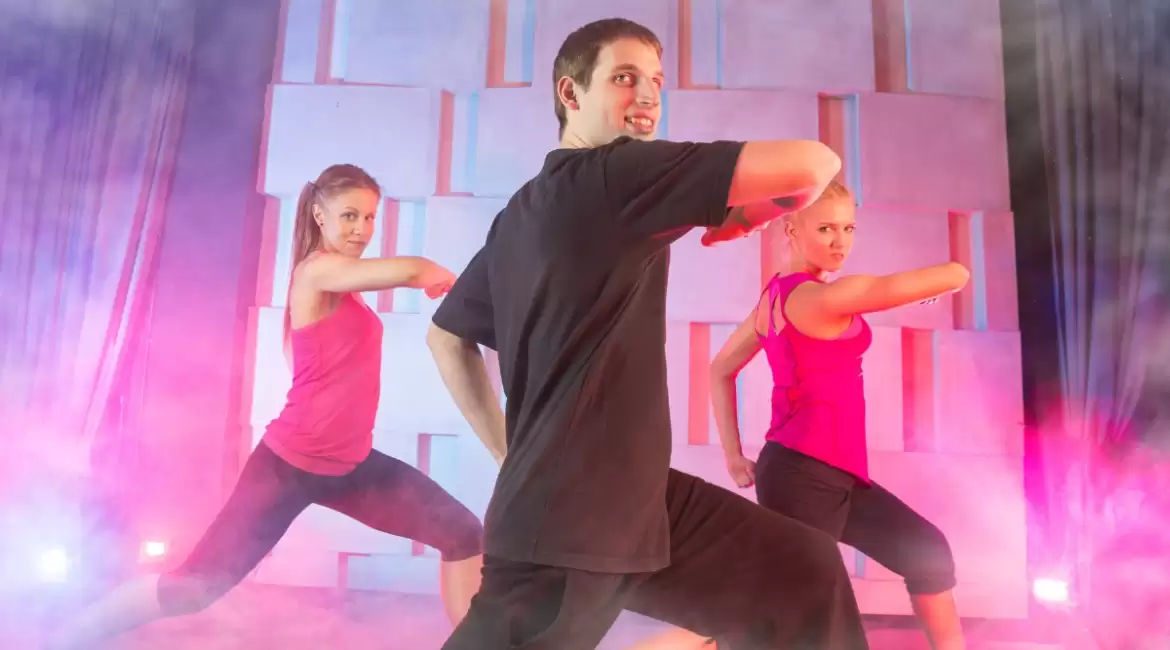Mastering a dance piece extends far beyond the boundaries of the classroom. While the guidance and instruction provided during class sessions are invaluable, the true refinement of technique and expression often occurs during independent practice. In this guide, we delve into the essential strategies for practicing after learning a dance piece. From dissecting the music to embracing discomfort, and from understanding the choreographer’s vision to utilizing recordings as reference tools, each aspect of post-learning practice is meticulously explored. By adopting these techniques, dancers can enhance their skills, deepen their understanding of choreography, and ultimately elevate their performances to new heights. Join us as we uncover the keys to effective post-learning practice and unlock the full potential of your dance journey.
Break down the music
Choreographers strategically dissect the music to accentuate particular elements during their dance routines. This involves identifying nuances like hitting a bass note amidst a flurry of snares or synchronizing movements with the melody of the singer’s voice.
While listening to the music during class, it’s possible that you may not perceive the same intricacies that the choreographer does, guiding their movements. To enhance your comprehension and execution of choreography, it’s beneficial to practice dissecting the song post-class. By retrieving the track, wearing headphones (which aids in detecting subtle sounds), and meticulously analyzing each component of the music, you can uncover hidden layers.
This process allows you to discern every individual aspect of the song, thereby gaining insight into how to translate it into visual movements. With a heightened awareness of the music’s composition, you’ll find yourself growing more adept at integrating it seamlessly into your dance routines.

Take it section by section
Breaking down a dance piece section by section is a crucial step in the learning process. It’s completely normal if you don’t grasp the entirety of the piece on the first day of instruction or even during subsequent practice sessions. Remember, your practice is a personal journey, not a competition with others. Take your time to review each section methodically, focusing on every pose and pathway with deliberate attention.
Gradually increase the tempo as you become more comfortable with each segment. Unlike the limited time frame available during class sessions, practicing outside of class allows you the luxury of dedicating as much time as necessary to truly internalize and refine the movements.
Recall any guidance provided by the choreographer and utilize their notes as a roadmap for your practice sessions. Maintain a positive mindset and persevere through any challenges, regardless of how many attempts it may take. It’s through repetition that mastery is achieved, so embrace the process and trust in your ability to “get it” with persistence and dedication.
Get comfortable with being uncomfortable
Embracing discomfort is a fundamental aspect of personal growth in dance. It’s natural to encounter moves in class that initially feel unfamiliar and awkward. However, rather than settling for half-hearted attempts until you stumble upon a combination that suits you, it’s essential to confront these challenges head-on.
Pushing yourself beyond your comfort zone is where real progress occurs. Remaining complacent inhibits growth, whereas embracing discomfort fosters development and innovation in your dance repertoire.
Through consistent practice of new and unfamiliar movements, you gradually cultivate a deeper sense of confidence in your body. This process not only enhances your physical capabilities but also instills a sense of trust in your body’s ability to adapt and execute even the most challenging choreography.
Consider exploring resources like instructional videos that emphasize the importance of fully committing to each movement, regardless of initial discomfort. By observing and internalizing such guidance, you can glean valuable insights and techniques to apply to your own practice. Remember, every discomfort you overcome is a step towards mastering your craft and unleashing your full potential as a dancer.

Recognize the color of the piece
Understanding the essence or “color” of a dance piece involves more than just observing the choreographer’s attire; it requires an awareness of the intricacies within the choreography itself.
Each movement within a dance carries its own texture, intention, and vibe, which collectively shape the overall perception of the piece. Therefore, it’s vital to attentively heed the choreographer’s descriptions of each movement, delving beyond mere recognition to actively experiencing the essence they seek to convey.
Aligning your interpretation of the choreography with the intended emotion or narrative enriches your performance. For instance, attempting to express happiness while practicing a move designed to convey pain would result in a discordant portrayal.
Different choreographers imbue their pieces with unique “colors” reflective of their individual styles and artistic visions. For example, Bam Martin’s choreography exudes a distinct “color” characterized by its intensity, whereas Deziree Del Rosario’s work may evoke a more intimate and nuanced “color.” Similarly, the dynamic energy of Jeffrey Caluag’s choreography contrasts sharply with the vibrant and playful “color” of Julian Sena’s pieces.
Typically, choreographers provide insight into the story or concept underpinning their work, offering dancers a deeper understanding of the piece’s emotional landscape. To refine your interpretation of a piece, it’s beneficial to internalize this narrative and envision yourself as an integral part of its unfolding story during practice sessions. By immersing yourself in the essence of the choreography, you can more effectively convey its intended “color” and resonate authentically with your audience.
Have a recording of the choreographer doing the piece
Having a recording of the choreographer performing the piece serves as a valuable reference tool during practice sessions. Just as bakers rely on recipes to create the perfect cake, dancers benefit from having a blueprint to guide their movements towards mastery.
What is a choreographer? A choreographer is a highly skilled and creative individual who specializes in the art of dance composition. Beyond merely crafting steps, a choreographer serves as the architect of movement, weaving together a tapestry of physical expression that captivates and resonates with audiences. Their role encompasses a diverse array of responsibilities, from conceptualizing thematic elements and developing narratives to selecting music and designing costumes that enhance the overall aesthetic of a performance.
Drawing from a deep well of knowledge and expertise in various dance styles, techniques, and historical influences, choreographers possess a unique ability to translate abstract ideas into tangible movement sequences. They carefully consider the interplay of rhythm, tempo, dynamics, and spatial relationships to create choreography that is both visually striking and emotionally evocative.
In addition to their creative vision, choreographers often serve as mentors and collaborators, nurturing the talents of dancers and fostering a collaborative environment where experimentation and innovation can flourish. They work closely with performers, providing guidance, feedback, and encouragement throughout the rehearsal process to ensure that each dancer embodies the essence of the choreography.
Choreographers are integral to the artistic landscape of various mediums, including theater productions, film and television projects, music videos, and live performances. Whether choreographing a Broadway musical, a contemporary dance piece, or a high-energy hip-hop routine, their contributions enrich the cultural fabric of society, inspiring and entertaining audiences worldwide.

Imagine if a baker randomly combined ingredients without following a recipe—the resulting cake would likely fall short of expectations. Similarly, attempting to learn a dance piece without a reference point can lead to inconsistencies in execution and interpretation.
Therefore, it’s essential to obtain a video recording of the choreographer demonstrating the piece, typically captured at the end of the class. However, it’s crucial to prioritize etiquette by seeking permission before recording the choreographer’s performance.
In addition to the choreographer’s demonstration, recording yourself performing the piece offers invaluable insights. This is particularly beneficial if you lack access to a mirror or have limited space for self-assessment. By comparing your execution with that of the choreographer, you can identify areas for improvement in terms of technique, musicality, and overall performance.
It’s important to note that the objective is not to replicate the choreographer’s movements exactly but rather to use their performance as a reference point. Through careful observation of your own dancing, you’ll gain a deeper understanding of your strengths and weaknesses, enabling you to focus your practice efforts more effectively.
Ultimately, the learning process extends beyond the confines of the class session, and utilizing recordings as a tool for reflection and refinement maximizes the benefits derived from dance instruction.
Summary
Navigating the journey from learning a dance piece in class to mastering it on stage requires a strategic and disciplined approach to practice. This guide comprehensively outlines the essential steps to optimize post-learning practice sessions. It begins by emphasizing the significance of dissecting the music, encouraging dancers to discern subtle nuances such as bass notes and melodies, which serve as the foundation for expressive movement. Embracing discomfort emerges as a central theme, challenging dancers to push beyond their comfort zones to foster growth and development. Understanding the choreographer’s vision is pivotal, as it informs the interpretation of each movement and the conveyance of emotion or narrative. The guide stresses the importance of obtaining recordings of both the choreographer and oneself for reference, facilitating self-assessment and refinement. By implementing these strategies diligently, dancers can refine their technique, deepen their musicality, and ultimately achieve mastery of the choreography, thus enhancing their performance abilities and realizing their full artistic potential.


Leave a reply